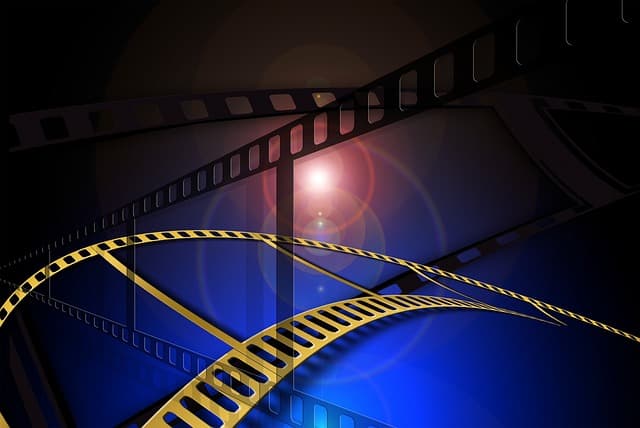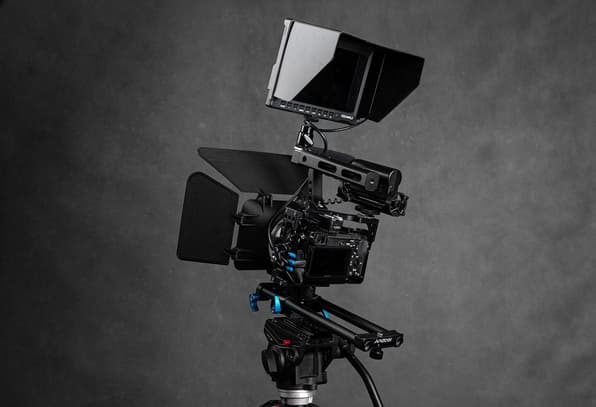Today, almost all new films that we see advertised on cinema doors and billboards undergo computer processing to a greater or lesser degree. And we are talking not only about special computer effects, the level of which in the past few years has risen to unprecedented heights, but also the editing of the picture as a whole. Improvements in computer technology has presented filmmakers previously unprecedented opportunities.
Modern film industry is increasingly trying to surprise the audience is not only, and sometimes, not so much the script and acting, as the number of special effects per meter of film. And this becomes the primary criterion for creating the next new blockbuster. The more explosions, filming in slow motion, computer graphics – the greater the success of guaranteed motion picture. Of course, the director’s work deserves some attention, but as such, many critics today prefer to talk about the “art of cinema” less and less frequently. This is not a bad thing, but the fact that most viewers go to the theater to see special effects remains a fact.
Movies, where the main roles are given to computer graphics, it is best to watch on the big screen. Hollywood statistics and modern directors say that the audience today demands such spectacles and takes them with great pleasure. Of course, the degree of penetration of computer graphics in cinematography varies, but even in melodramas and youth series some scenes lend themselves to computer processing, and the process of film-making can surprise anyone. And it’s not even about the fact that complex scenery has been almost completely replaced by computer graphics. The work process of filming is no longer focused on camerawork, but on the so-called Post-Production, which includes post-production, editing and voice-over. All of this work is being done by powerful computer systems and special software. Let’s find out what specific functions they perform, but first let’s turn to history.
How did it all begin?
In 1895, Alfred Clark, the director of a black and white silent short film, The Execution of Mary Stewart, decided to film a scene of the beheading of a princess. It turned out this way: after all the actors and the executioner took the necessary poses, he ordered them to freeze and not move. Shooting was paused at this point. Then the actress playing Maria stepped out of the frame and the assistants set up a mannequin in her place, dressed exactly the same way and in the same deathbed position. The camera resumed shooting and the executioner cut off the mannequin’s head. This was the first “special effect”, which opened a new road to the whole cinematography.
At the beginning of the 20th century, the French magician Georges Méliès became interested in cinematography and the possibilities of editing by cutting, combining and hand-coloring frames. He was so fascinated by this that he made over 500 small films that impressed audiences around the world. That’s why he earned the nickname “The Film Magician.” His most famous film is considered “Journey to the Moon” (1902), which is a kind of parody of Jules Verne’s novel “From the Earth to the Moon” and included both live acting and a large amount of animation, combined shooting and editing.
The last century saw many revolutions in filmmaking. Films became color, they appeared the voice, were built hundreds of studios in the U.S., Europe and Asia. Halls of these studios are located on vast areas, equipped with the latest technology and equipment. Companies like Universal Studios, Paramount Pictures and 20th Century Fox have partnered with construction, architecture and other industry professionals to build models and sets of any complexity for new productions.
And today we are witnessing a boom in films with ultra-realistic graphics.


